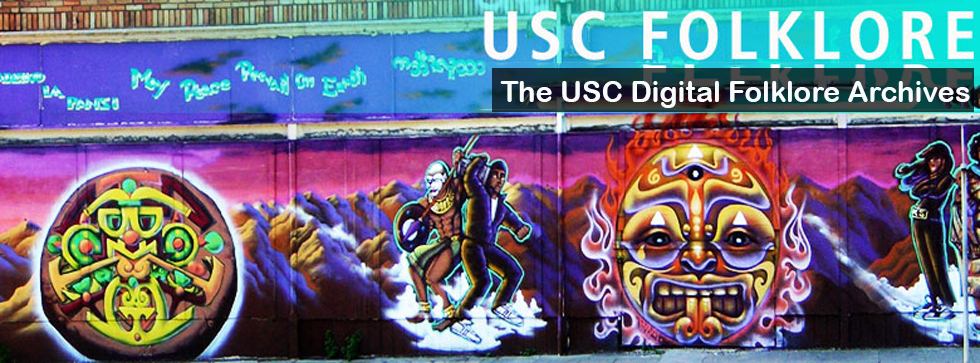Informant (J.H.), my mother, is a 50 year old Buddhist meditation teacher from Los Angeles. J.H. identifies as biracial, with both African and Southern European heritage. I interviewed her after stopping by for dinner one Monday evening. J.H. had a traditional roman Catholic upbringing, and has been studying meditation for 15 years. I asked J.H. for her favorite legends and myths surrounding the Buddha. As a self identified Buddhist agnostic, she takes these stories as metaphors with values them for their important teaching opportunities.
J.H.: “Angulimala was basically a serial killer. He was a bandit, who would kill people in the forests of India, and he would cut off a finger for each person he killed, and put their finger on a necklace that he wore around his neck. So mala means necklace basically, and Anguli is finger. So he had a finger necklace around his neck, and one time he came across the Buddha in the forest and he started chasing him to kill him, but no matter how fast he ran he couldn’t catch him. And so finally, the Buddha just stopped and Angulimala caught up to him, and the Buddha promised him freedom from his pain and suffering if he would just start meditating with him. Angulimala was so impressed… by the Buddha’s fearlessness, that he decided to try it. And the legend has it that he became enlightened, and what’s so beautiful about this story is that the Buddha thought that nobody was irreparable. Because the Angulimala apparently killed thousands of people, as the legend has it, but the Buddhist tradition says that all people have the opportunity for full liberation, no matter what your path has been.”
J.H.’s Buddhist Sangha is especially targeted toward people who have had struggles with society and are seeking alternative guidance or recovery through spirituality. J.H. seems to appreciate the Angulimala myth for its teaching of acceptance of all people. As a teacher, J.H. speaks fluently and openly about the history and philosophies of Buddhism in general as well as her particular Sangha, or group.
